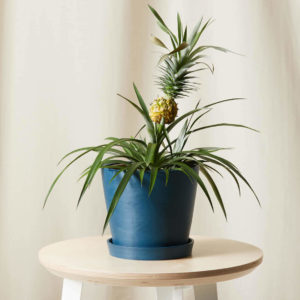Cacti are comfortable in harsh and barren environments. Cacti’s water-retaining trunks, wax-coated skin, and ability to withstand extreme heat and dust will make them well-suited for life in the harshest environments.
This reality begs the question: how is a hardcore, spine-adorned plant going to adjust to my comfortable, temperature-controlled apartment? We quickly discovered that cacti, despite their somewhat prickly appearance, are among the most relaxed houseplants available.
Tip #1: Good lighting is everything
Good lighting is essential for your indoor livelihood. Wiley says that the more light your cactus can get, the better. Most cactus thrive in full sun. It reminds us that indoor gardening is all about the right balance of light and water. The more light you have, the more water you will need. You will get less light and more water.
Tip #2: Clean Your Windowsill
Cacti can withstand the heat of desert heat in the day and cool, refreshing temperatures at night. Windowsills can mimic this fluctuation by exaggerating the hot and cold temperatures during the day. Wiley explains that “being close to the pane gives the cactus the extra heat from the direct sun as well as a greater temperature drop at night.” It is recommended that you put your cactus’ needs first by turning on the heater during the day and then letting the temperature drop at night to replicate this environment. You can rest assured that “day and night temperatures” in a typical house are fine.
Tip #3: When the stems are dry, it’s time to water
The cactus, unlike most plants, shows signs of dehydration. Other plants will wilt rapidly or the soil may dry out. He explains that a cactus should have soil that is dry. This can cause confusion. Your cactus will emit subtle cues to let you know it is ready for water. This is especially true for the swollen stems which contain H2O. He explains that as your cactus becomes more dehydrated, it will begin to dip into its tissue’s water reservoir. “When this happens, your plump stems will appear a bit deflated. That’s when you should water.” After observing for a while, you’ll be able learn the cactus’ schedule and create a routine.







